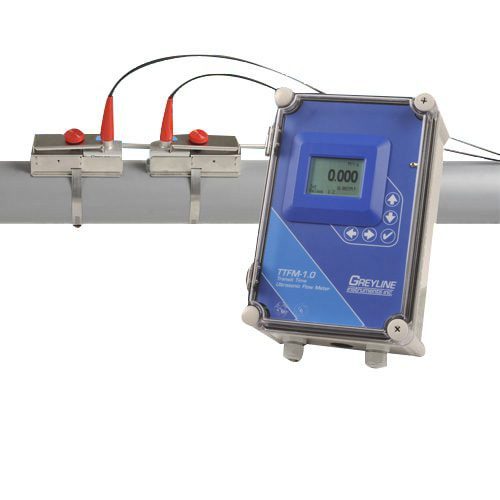Description
Non-Contacting Clamp-on Ultrasonic Transducers Works on Metal and Plastic Pipes Large Backlit Flow Rate Display and Totalizer Isolated 4-20mA Output Built-in 5-Key Calibrator
2 Programmable Control Relays
Optional 2 Million Point Data Logger
| The PTFM 1.0 ultrasonic transducers strap-on the outside of pipes from ½” to 48″ (12 to 1200 mm) diameter. The ultrasonic signal works through common pipe materials including carbon steel, stainless steel, ductile iron, cast iron, PVC, PVDF, fiberglass, copper, brass, aluminum and pipes with bonded liners including epoxy, rubber and Teflon. Transducers can be mounted without shutting down flow and there is no obstruction or pressure drop. It measures and totalizes forward and reverse flow. |
| The PTFM 1.0 Portable Transit Time Flow Meter operates by measuring the “transit time” or “time of flight” for ultrasonic sound pulses transmitted from one transducer to another. Depending on the mounting configuration the signal may cross the pipe once, twice or four times. To measure flow the transit time is compared between ultrasonic signals travelling upstream and downstream. |
The ultrasonic signal must cross the pipe to a receiving transducer, the fluid must not contain a significant concentration of bubbles or solids (less than 2%). Otherwise the high frequency sound will be attenuated and too weak to traverse the pipe. Applications include potable water, cooling water, water/glycol solutions, hydraulic oil, fuel oils and chemicals.
Transit Time transducers typically operate in the 1000-2000 MHz frequencies. Higher frequency designs are normally used in smaller pipes and lower frequencies for large pipes up to several meters in diameter.
Want to know more?
Write to us at [email protected] or call us on
987 029 6354 or just click here to send us your query.






